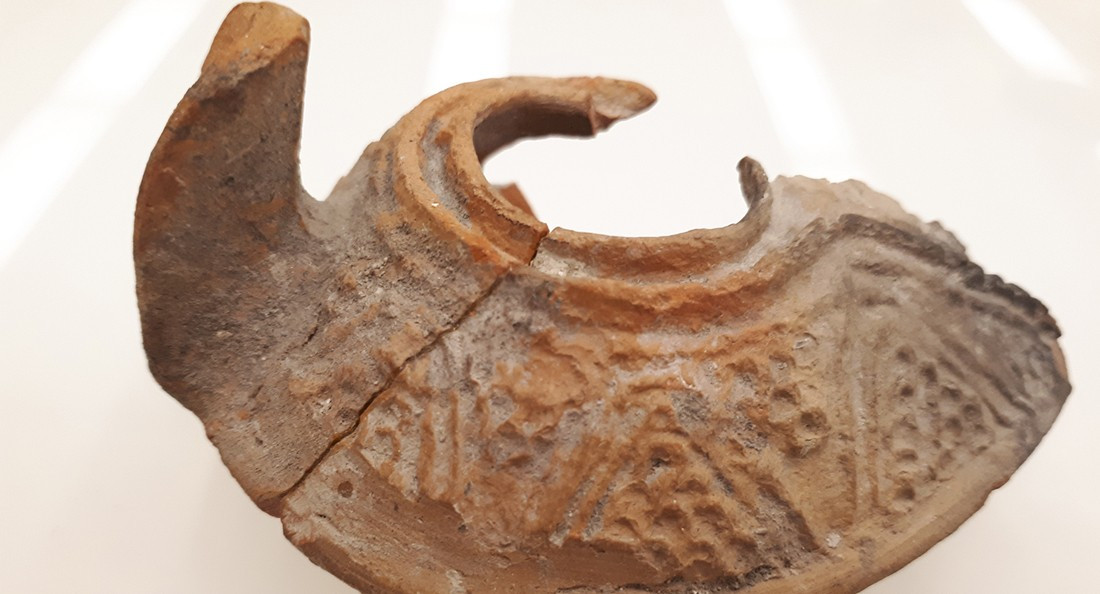The Lux Project: Digitizing the Hetherington Collection
Illuminating hundreds of near-Egyptian objects on campus
The Hetherington Collection contains about 450 near-Egyptian artifacts from ancient times and has been with the University of Winnipeg (U of W) for around 100 years.
Over the past two years, the U of W classics and anthropology departments have been in the process of digitizing the Hetherington Collection, an endeavour called the Lux Project. Digitization includes compiling extensive photographs, 3D scans of the objects and research on the objects in the collection.
Val McKinley is the curator of the anthropology museum at the U of W. She says most of the objects in the collection are from Egypt, but some were likely produced by other civilizations near Egypt in other times, such as the Roman era in Egypt.
“Digitizing the collection means being able to share the collection in a much broader way, without exposing it to physical damage,” McKinley says.
“The collection consists of objects that were excavated from a number of major sites in Egypt and likely came to the U of W in a circuitous route that involved the Egypt Exploration Fund, which was dedicated to ensuring that Egyptian artifacts were preserved and shared among a number of educational institutions so that Egyptology could be taught,” McKinley says.
McKinley says the collection has been subject to a lot of research over the years, from studies on individual hieroglyphs to holistic studies involving the 100-plus ceramic lamps in the collection.
Melissa Funke, a co-director of the Lux Project, has experience in digitizing antiquities and various items at the University of British Columbia and thought that the Hetherington Collection should be made available to both the
community in Winnipeg and to anyone internationally.
“We’ve been taking pictures for about a year now. We still don’t have our website database up yet, as we still have some other research to do on things like the provenance (origin) and dating the items in the collection, which are still relatively mysterious,” Funke says.
Simone Reis Obendoerfer, another co-director of the project, says though a lot of research has previously been done on the collection, it has yet to be compiled.
“It’s in a lot of different pieces, so we want to make it more cohesive and useful to a larger group of people.”
After the digital images and research have been compiled, Funke says the next step is to use the collection to create teaching modules for use in grade schools’ ancient-world curriculums.
With the close examination of the artifacts, fingerprints from the makers of the objects were found in some of the ceramic lamps.
“Now we can actually link objects to individuals and discover the origin of them,” Funke says. “This is a way for us to reconstruct the everyday lives of people in antiquity; the nameless faceless group of people that were sort of lost in the sands of time.”
“Writing things down and documenting the provenance of artifacts wasn’t really done in early archaeology, which is a huge issue,” Obendoerfer says. “So to be able to sort of undo that in any way, I think is extremely important.”
Funke will give a lecture on the Lux Project on Jan. 25 to talk about the contents of the collection, antiquities and the antiquity trade.
“It’ll sort of be a sampler platter of all the things that the Lux Project does,” she says.
Funke’s lecture will be held on Jan. 25 at 3:30 p.m. in 3D01 in the Duckworth Centre.
Published in Volume 73, Number 14 of The Uniter (January 17, 2019)








